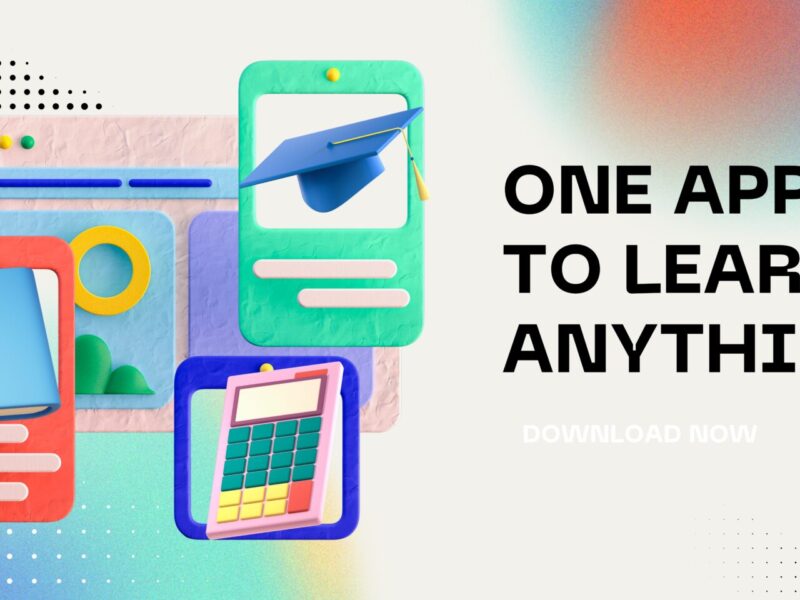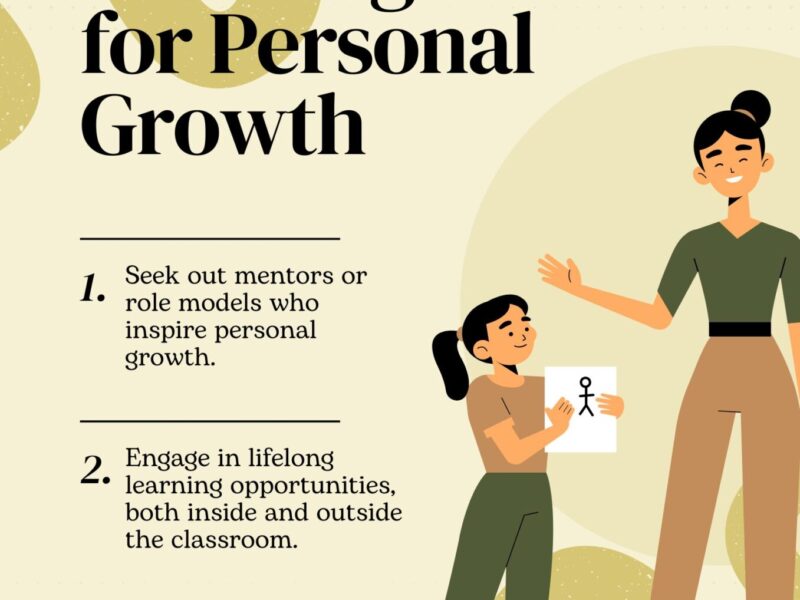The digital transformation is such an enormous thing in education that it can be said to be above-the-line teaching and learning methodologies in modern times.Online Learning Trends and Future Outlook. On the heels of COVID-19 came the idea of online classrooms, throwing the whole “e-education” into the mainstream and not as an alternative.Online Learning Trends and Future Outlook. We shall discuss these new trends shaping online learning along with what it portends for future directions.
1. Rise Online education: An Overview
There has been an exponential growth in the introduction of online learning in the past decade, with the backdrop of technological advances, changes in learner preference, and global circumstance that have made this learning mode almost compulsory to some parts of the world. Whether it be in massive open online courses (MOOCs) or in microlearning or corporate training offerings, the gamut of online education today is more vibrant and inclusive than ever before.
2.Online Learning is defined basically by:
Accessibility: Education no longer takes place purely within the confines of walls; those living in outlying areas can be able to have world-class teaching.
Affordability: Courses through online media become far more cheaper than through traditional means. Education accessibility for the masses.
Flexibility: E-learning can be done autonomously and thus allow one to juggle with one’s work or family.
3. Innovative E-Learning Trends
Changes in the E-learning practice include innovations in the traditional forms of educating through the use of recently introduced technologies. These include some of the present-day and future trends toward that direction:
(a) Constructed Learning Experiences
Personalized learning is personalized according to each learner’s needs. That is how it means individualized educative material in keeping with learner preferences and course skills such as knowledge level and prior experience. Individualized learning paths on the online platform are designed using data analytics and AI.
Example: Adaptive learning platforms like DreamBox or Knewton change the scheme in which learner progress adjusts the difficulty level of content.
(b) Microlearning
It concerns the delivery of information using short bursts, which can then be integrated into larger bodies of information, e.g. short videos, infographics, and quizzes.
Effect: This is especially useful for busy professionals and short attention spans.
c) Gamification
Gamification transforms graduates into courses involving an audience through some types of awards, leaderboards, and contest activities.
Example: For instance, some digital language learning such as that done by Duolingo.
Experiential Technologies; AR, VR and MR
More importantly, such technologies change the whole idea of looked distance education since it draws students in experience-the three letters: AR, VR, and MR.
By example, VR can practice a procedure for health care-related students in order to avoid any physical risk while learning.
e) Learning on the move
It makes sure that education can be accessed while on the move with smartphones because everyone carries a smartphone around. Mobile-first platforms can optimize the content according to the small screens.
Impact: This makes learning more convenient and thus accessible to many because especially remote and rural learners would have difficulty in making their way to an educational center.
Intelligent Learning by Artificial Intelligence
Articulations, virtual tutors, and automating grading more dynamicized the learning within portable gadgets by an artificial intelligence power source. It increases predictive analytics for understanding learner behaviors, thereby giving useful insights to educators.
Example: Through its AI algorithms, it recommends the most ideal courses for learners or provides personalized feedback in a rich variety of learning.
Social and Collaborative Learning
More social, these entirely online learning projects will integrate forums, group projects, and peer-to-peer interactions.
Example: Corporate employees exchange ideas in a collaborative group learning environment through such platforms.
Soft Skills focus
Soft communication, leadership, and emotional intelligence are highly prized as automation becomes more pervasive in the workforce. Now, online courses distinguish themselves from traditional courses by teaching these subjects.
An example is the plethora of training materials concerning soft skills offered by companies like Skillsoft and LinkedIn Learning.
Lifelong Learning and Continuous Education
Lifelong learning is a buzzword and increasing numbers of professionals and retirees are looking for courses to keep themselves updated or broaden their horizon.
Sustainability in Online Learning
The carbon footprint involved in going to classroom teaching, traveling, and the printing of material is slashed with online digital learning, a trend in itself with the global sustainability goals.
4. Technological Innovations Driving Online Learning
Today technological Evolution creates most of these online innovations. Technologies are listed below that are best foreseen in transforming the online learning environment:
a) Blockchain Technology
This ensures the safe and sound credentialing within the platform. The learners now can store and share their certificates digitally without the fear of tampering.
b) Cloud-based Computing
Cloud platforms offer scale options that allow institutions to easily accommodate numerous learners without a drop in performance.
c) 5th Generation Connection
The deployment of 5th Generation networks will see internet access acceleration and enhancement in reliability, where both will translate to improved live video classes, real-time digital sessions, and materials-rich content.
d) Analyzing Big Data
Data exploitation gives ways for educators to track learner progress and observe trends with improved offerings in courses.
5. The Importance of Online Learning in Corporate Training
Corporate training turned to embrace online learning as its very own means of employee training and development.The trends include the following:
Customizable Content: Corporations develop customized training modules to cater to the different needs of the organization.
On-Demand Learning: Employees can learn whatever they want at any time.
Retention of Employees: Corporations investing in such modes of learning would result in many satisfied employees who will then remain with the corporation.
6. Barriers in Online Teaching
Despite the plus of thus mode of learning, online learning has or has to face the following challenges:
Digital Divide: Some students do not get high-speed transmission and the latest devices.
Engagement Problems: Engagement can dwindle owing to distractions, sometimes even loss of enthusiasm.
Assessment Authenticity: Integrity testing of assessment proves to be a problem in attention-grabbing online assessments.
Support in Case of Technical Problems: A technical problem with the platform could be a hurdle for both learners and educators.
7. Outlook On The Coming Times Of Online Learning
Such are encouraging and have good potential for future online learning trends yet unrealized:
a) Merged Learning Models
It would be to join both forms at a place: the best of both worlds face-to-face and online. The combination of hands-on experience with flexible online instruction makes hybrid learning practical.
b) Enabling Global Collaborations
In cross-border partnerships, a learner can take courses from different institutions on an international level, thus developing community learning at the global level.
c) Increase Mind Well-Being Focus
Future platforms must also feature educating learners’ well-being through mindfulness sessions with stress management tools and direct counselling service.
d) Smart Technologies Embedding
Bringing these IoT devices into the classrooms and universities will also give rise into more lively and engaging learning environments among students.
e) Emphasize It for Is Inclusivity
Otherwise, online learning will lose its greatest inclusiveness, meaning access provided by accessibility courses for disabled learners and multilingual availability of courses.
8. Crucial Players in Defining the Future
There would be such groups that can influence the direction of online education.
Schools: Universities, colleges, and schools today will soon become part of the blended learning model.
Technology Companies: Google, Microsoft, Zoom are among those giants who would lead the innovation in this area.
Government: Policies of governments for advancing digital literacy and, therefore, bridging the digital divide will have a great impact on online education.
Learners: Owing to this demand, giving rise to newer and much more varied flexible provision options would motivate change within this sector.
8. Conclusion:
Online Learning is not a temporary fix; education will be relying heavily on online learning in the future. It does respond to changing needs of the learners, emerging technologies, and accessible and affordable education. As multiple stakeholders together fight against adverse impacts and capitalize upon opportunities, these would indeed form a part of the architecture of an integrated educational landscape for generations to come.

